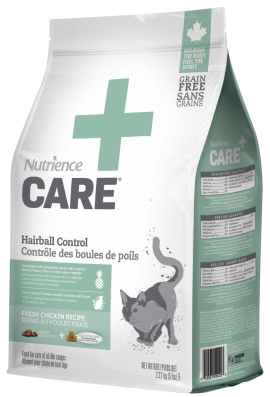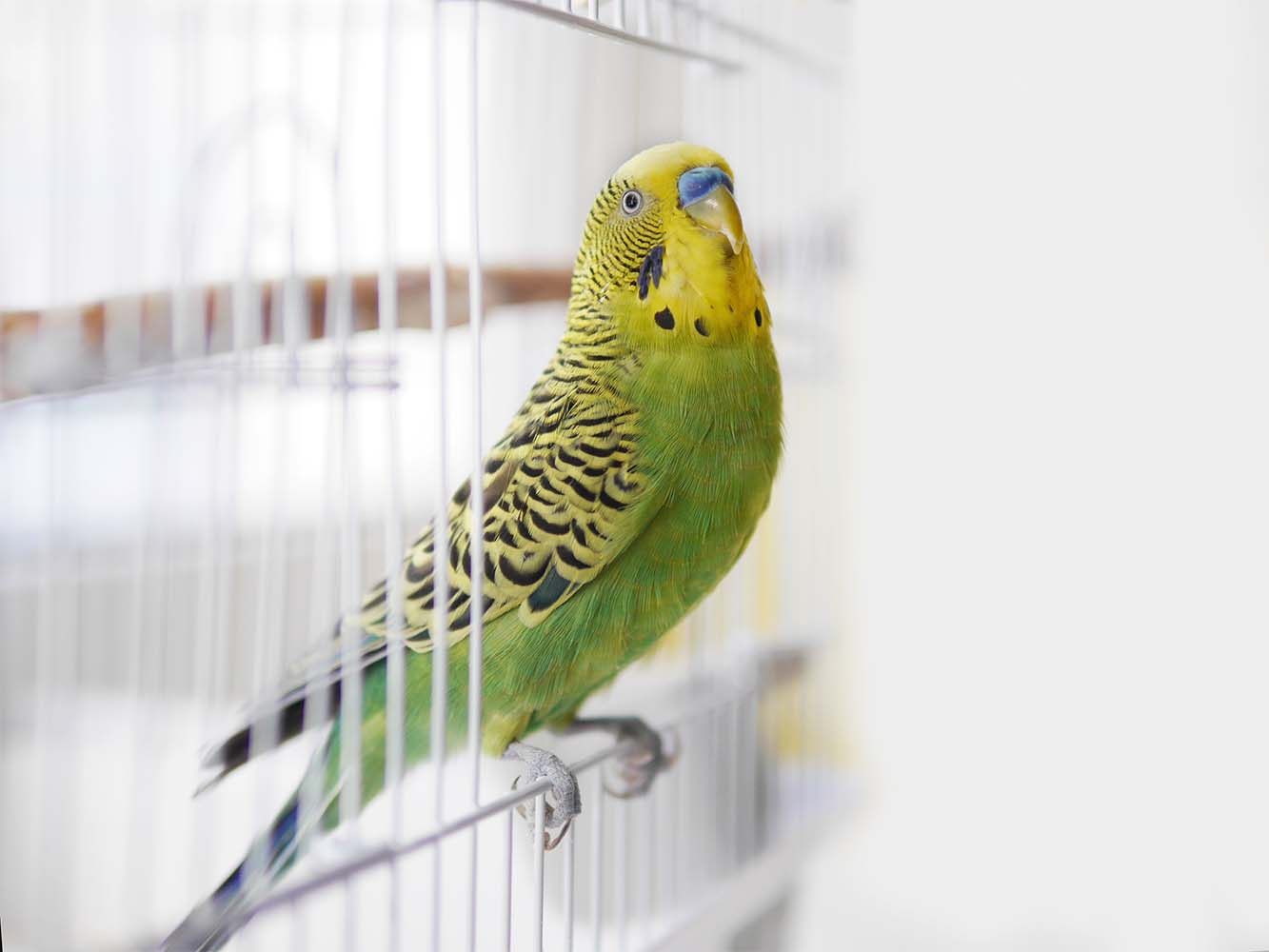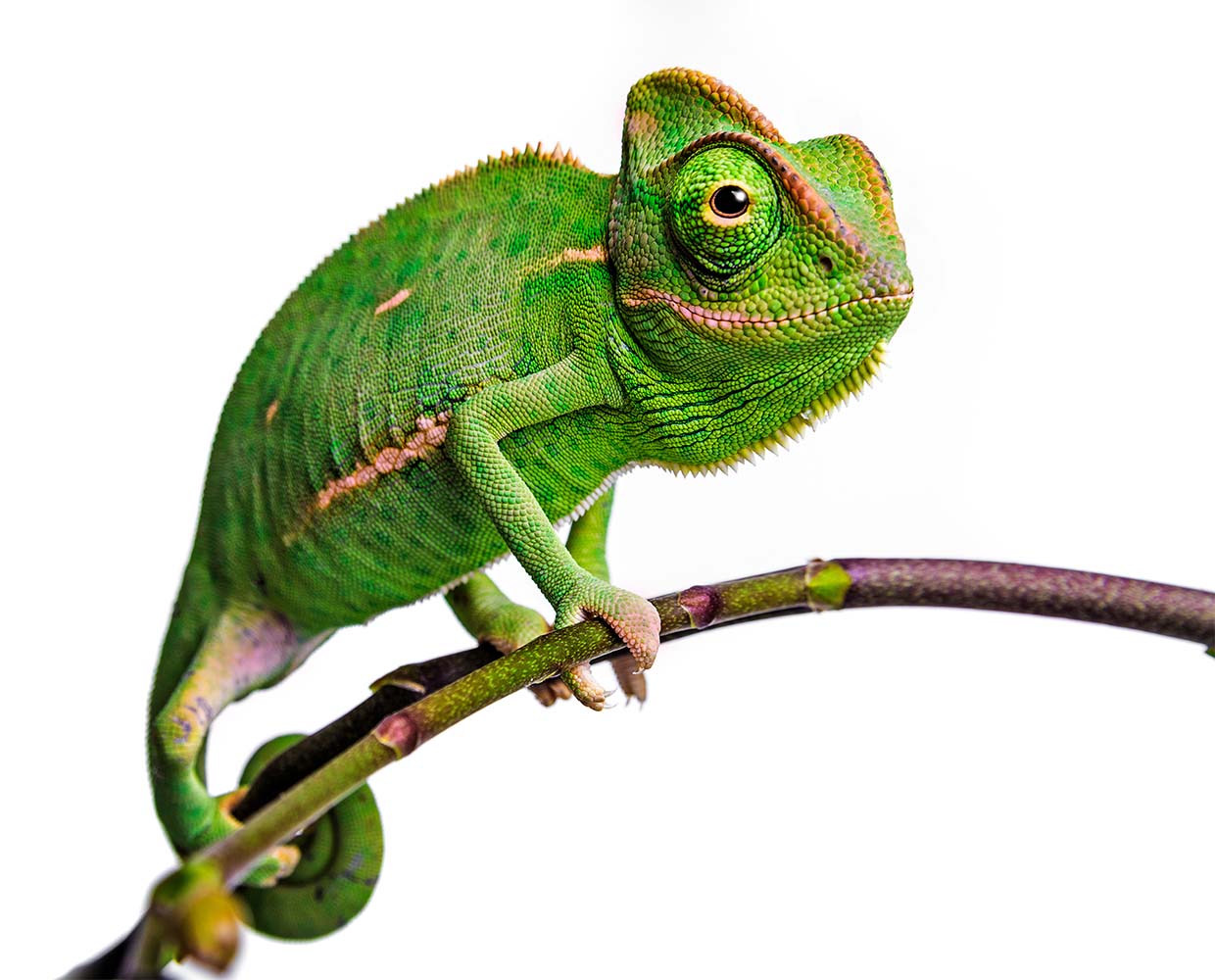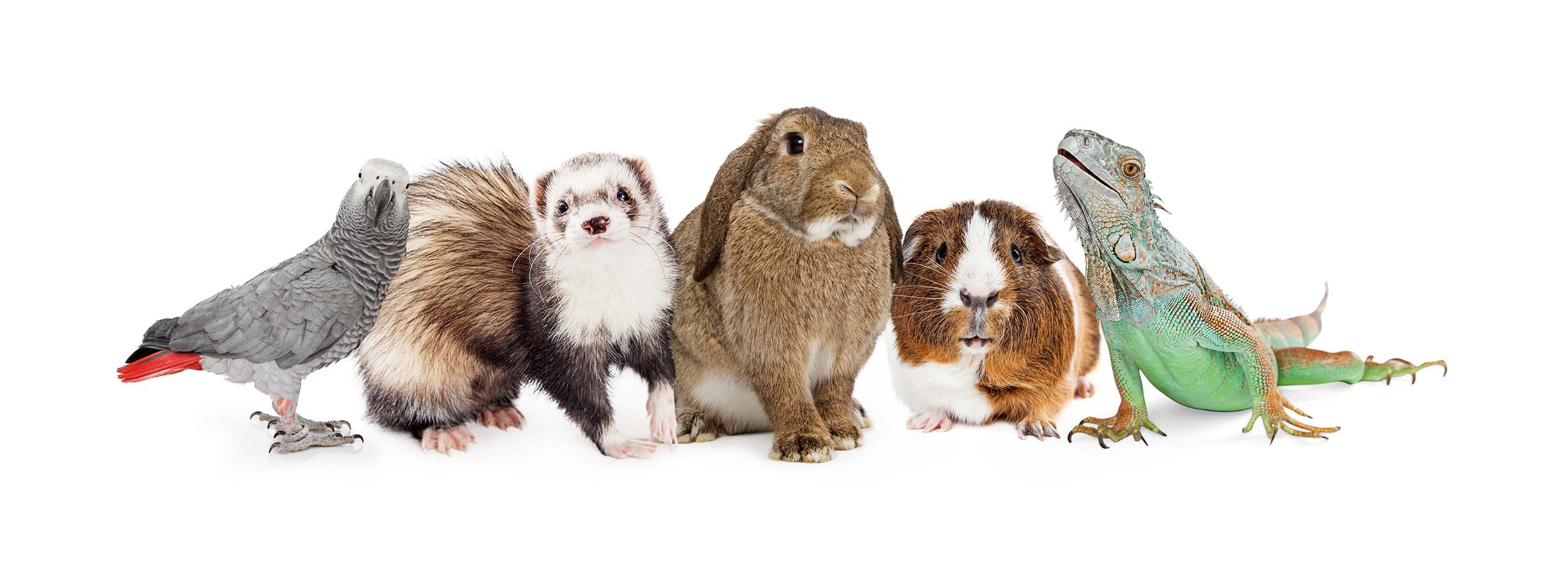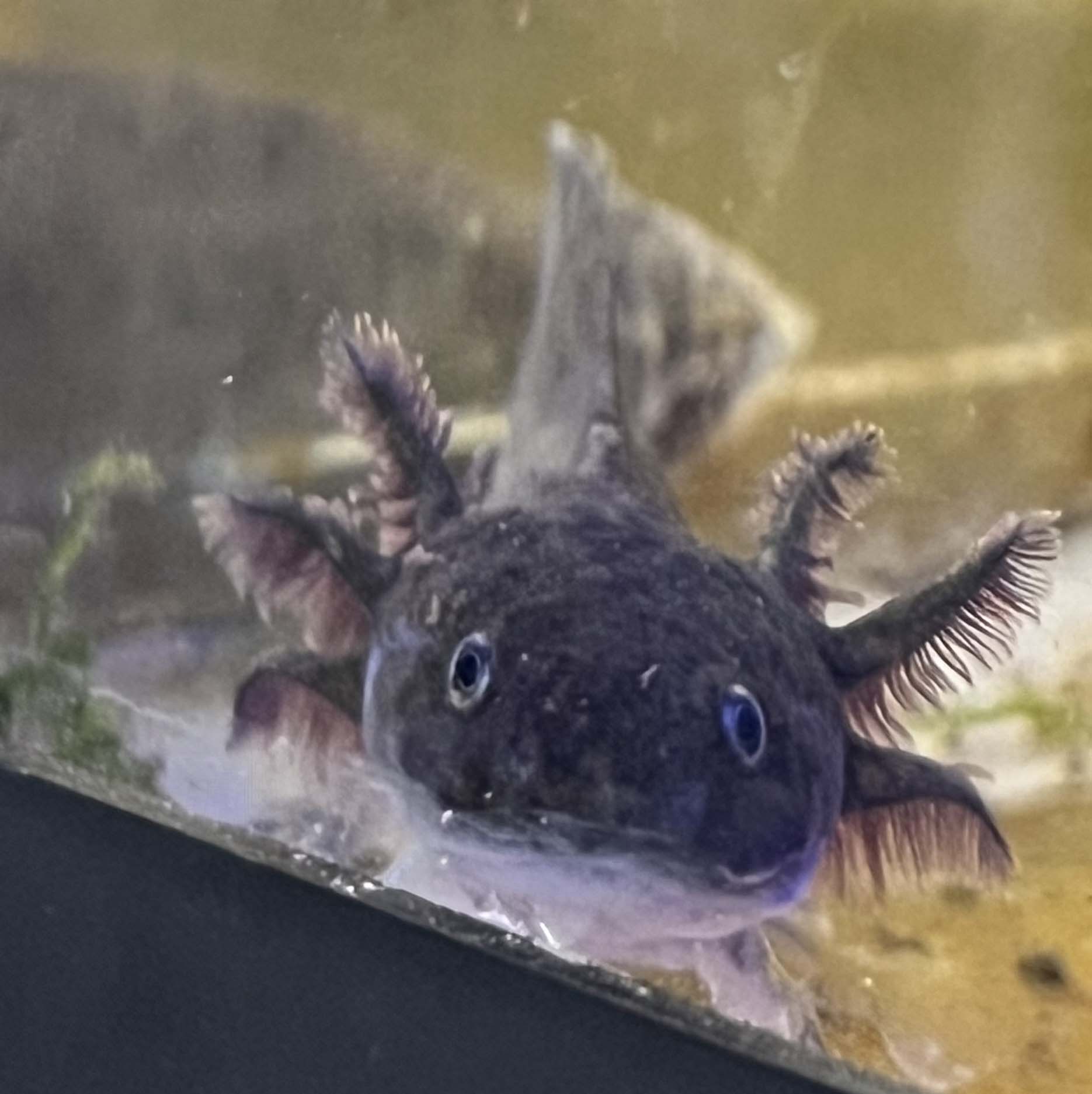
The Mesmerizing Axolotl: A Guide to Their Care, Feeding, and Maintenance
When it comes to unusual and enchanting pets, the Axolotl ranks high on the list. Known as the Mexican walking fish (though it's not a fish at all!), this amphibious salamander boasts external gills, a wide grin, and a captivating demeanor. If you're considering bringing one of these aquatic wonders into your home, here's a guide to ensure they thrive.
1. Habitat Setup:
- Tank Size: A 10-gallon tank is suitable for a single juvenile Axolotl, but adults (growing up to 12 inches) will require at least a 20-gallon long tank.
- Substrate: Fine sand or bare-bottom tanks are ideal. Avoid gravel as Axolotls may accidentally ingest it, leading to impaction.
- Filtration: Gentle filtration is key. Axolotls prefer calm waters, so ensure the water flow isn’t too strong. Sponge filters work well.
- Temperature: Axolotls thrive in cooler water, ideally between 60-64°F (15-18°C). They are susceptible to heat stress, so avoid temperatures above 74°F (23°C).
- Decor: Provide hiding spots like caves or PVC pipes. However, ensure no sharp edges could harm them.
2. Diet and Feeding:
- Diet: Axolotls are carnivores. Their diet can include earthworms, bloodworms, blackworms, and axolotl-specific pellets.
- Feeding Schedule: Feed juveniles once daily and reduce to 2-3 times per week as they grow. Adjust based on their appetite and weight.
- Supplements: Occasionally, you can offer vitamin and mineral supplements to ensure they get all the essential nutrients.
3. Maintenance:
- Water Changes: Conduct 20% water changes weekly, ensuring the new water's temperature and pH match the tank's.
- Water Quality: Test the water regularly for ammonia, nitrite, nitrate, and pH. Axolotls are sensitive to water quality changes.
- Cleaning: Siphon out any uneaten food or waste to prevent the buildup of harmful substances.
4. Handling and Interaction:
- Handling: It's best to avoid handling your Axolotl unless absolutely necessary (e.g., tank cleaning). Their skin is delicate and can be damaged easily.
- Observation: Axolotls are mainly nocturnal but can be active during the day. Enjoy observing their quirky behaviors from outside the tank.
Axolotls are a unique and rewarding pet for those willing to provide the care they need. With their regenerative abilities and endearing appearance, these amphibians truly are a marvel of the natural world. Remember, as with any pet, it's essential to conduct thorough research and ensure you're equipped to meet their needs.



